Crash Recovery, 5 Important Steps
We’ve all been there: you’re riding along some wicked-fast trail and the next thing you know, you’re on the ground wondering what just happened. If you’re lucky enough to still have your limbs and bike intact, you remount and carry on down the trail.
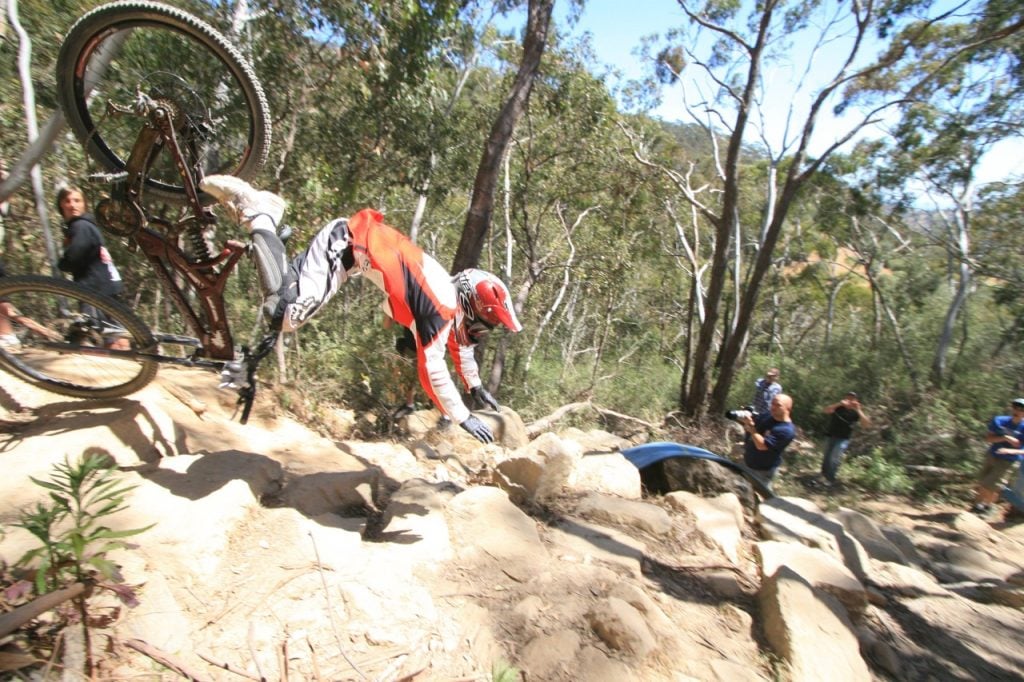
Several years back, I crashed resulting in a broken collar bone. When I told my team manager that I was injured and would be back riding soon, he replied “we’ll see.” I scratched my head and had no idea what he meant. Unfortunately, my team manager was right. It took longer than I expected to get back up to my prior skill and confidence level. I struggled to get the fear of repeating the crash and injury out of my head. Since then, I have spent some time contemplating how riders can more successfully make a comeback.
If we lock the fear into our thoughts, the fear will linger for a long time – possibly forever. As you may have already figured out, crashing is part of our sport — what you do right after a crash (or after you’re healed up) can have a big impact on your future riding and skills progression.
Step 1 | Self and Bike Assessment
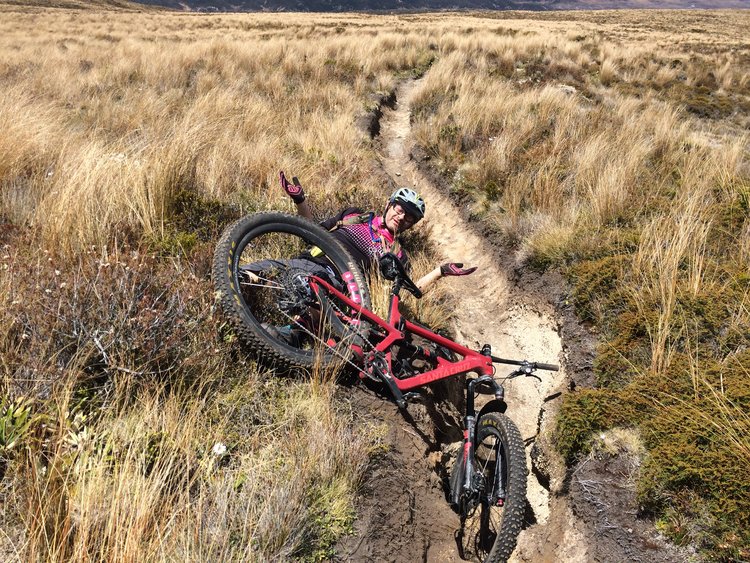
Immediately after a crash, access your body and bike to determine if you’re safe to continue riding. If you have any doubt, head back to the car — ride over.
Step 2 |Figure Out What Happened
 Next, focus on what happened that caused the crash. Was it a riding error, wrong line choice, over braking or …?
Next, focus on what happened that caused the crash. Was it a riding error, wrong line choice, over braking or …?
Step 3 | Visualize Success
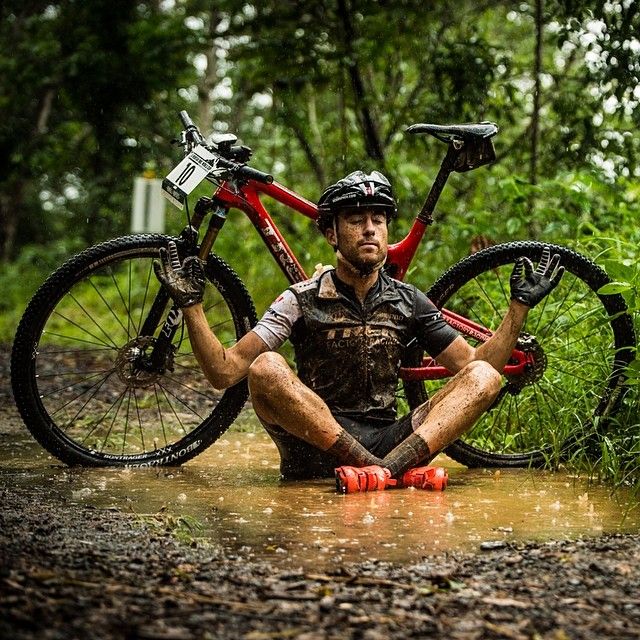
After figuring out what went wrong, visualize yourself riding the section successfully. Do this several times in your head, picking different line choices and figuring out which is the best for you and your bike.
Step 4 | Keep Things Simple
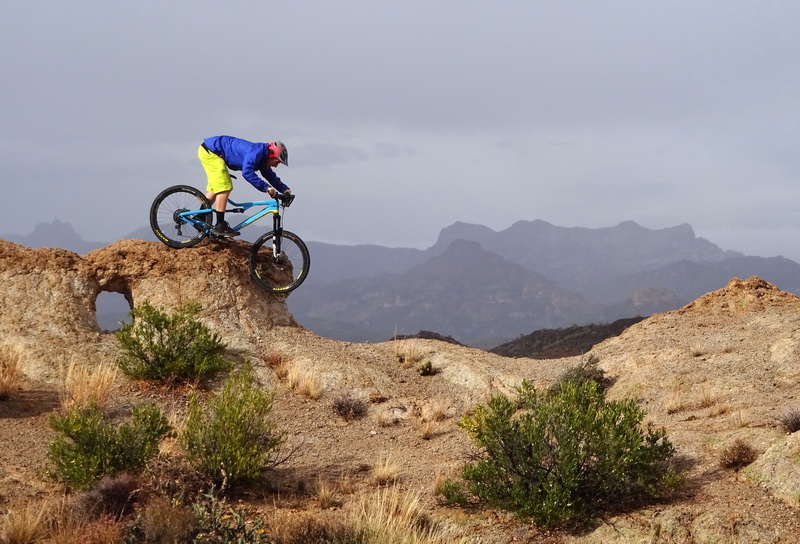
Over-thinking the proper line, riding position or seat height is usually a sign your nerves are running too high. In this case it’s best to walk, no reason to crash again in the same spot. It’s way better to walk today and come back another day.
Step 5 | Try Again
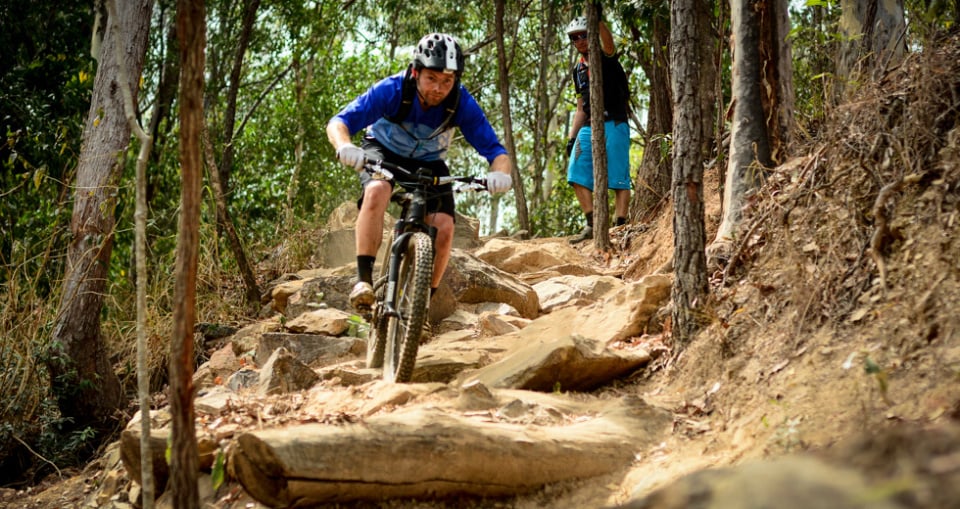
After you visualize success, grab your bike and ride the section again. Ride the section a few times to solidify the success in your head creating a positive imprint to hold onto. If things go wrong on the second attempt, skip it for the day and come back with a clear head.
Step 6 | Think Positive Thoughts

Your confidence will return once you find your groove. Positive Self Talk is the key success – focus on cans, not cant’s. If you tell yourself you’re unable to ride a challenging section of trail, guess what — you most likely will not be able to. Tell yourself you can, and that chance of riding it without crashing increases. You have to tell yourself, and convince yourself. Unlock the fear as soon as possible.
To be clear, I am not suggesting you huck yourself off something in hopes you make it, then convince yourself later you can. Make sure you are riding at your current level and not above it. Skill improvement can come from a crash when you evaluate what happened and make the corrections to your riding.
Get out there, have fun and make good choices!
Author: Randy Inglis | Lead Ninja Instructor






Levels of experience relative to current terrain, age, recent riding hours, and more affect one’s balance and poise and control. Knowing your comfort zone and only pushing gently on the envelope may seem to slow your advancement, but nothing slows it more than a few months of post-op rehab. Slow speed falls, where you can likely get a foot down and under, as long as your pedals are free (if cleated, clean and dry-lubed for smooth release) should be inconsequential, as long as you don’t lock your arm to brace, instead crumble and roll so no bone system is directly taking the brunt of impact. Many places you simply can’t afford to fall – exposed drop-offs, steep embankments with rocks and trees – and even moderate trails become dangerous above ten to fifteen mph if you hit something. Never let buddies bully you into ignoring your internal safety sense; they are not the ones who will bear the bruises or breaks. If no one is paying you to ride, you are an amateur riding for fun; if the fun has faded, back off and slow down.
Assessment is key, crashing can dump major adrenaline and you really gotta take an extra half minute to make sure arms still bend, shoulders mobile and hands still grip. Stand up if you are up bend knees, ankles.
If there is a injury you should know by now, check the bike.
All good points, but why are there 6 points when the title says 5?
Because we’re big fans of extra credit!
Good practical advice………especially the post crash assessment.
Regarding “positive thought”:
I find those strategies most useful which do not set the mind against itself…..which means that, rather than pretending that the situation is OK — when obviously it’s not, because you crashed, you build on your Step #2 — figure out where you went wrong, but then also figure out a mini training schedule to teach you how to do it successfully. This will probably involve doing a lot of repetitions, building back up to where you wanted to be when you crashed.
With some perseverance, all those reps should have replaced the memory of the crash with solid, real evidence that you can now pull off the trick.
Thanks for the good tips……